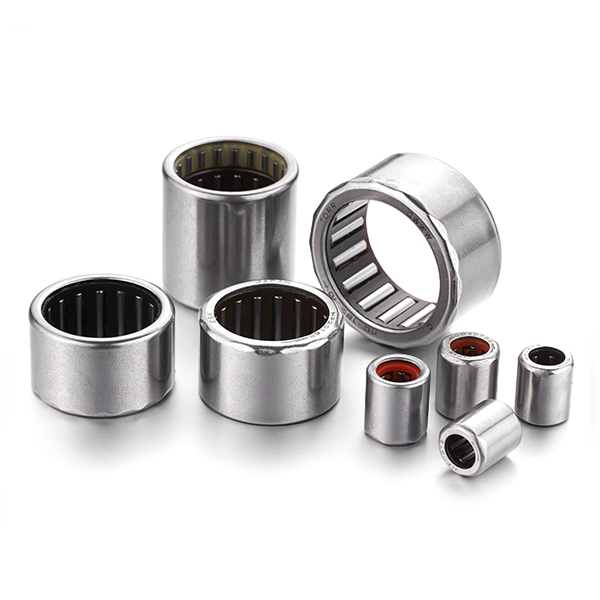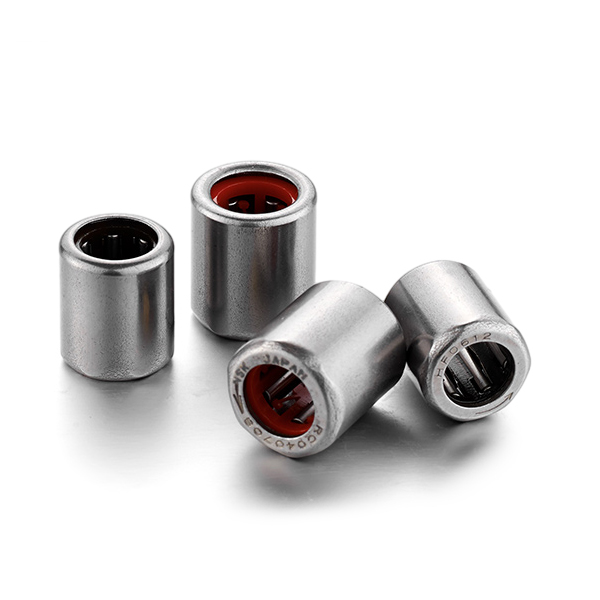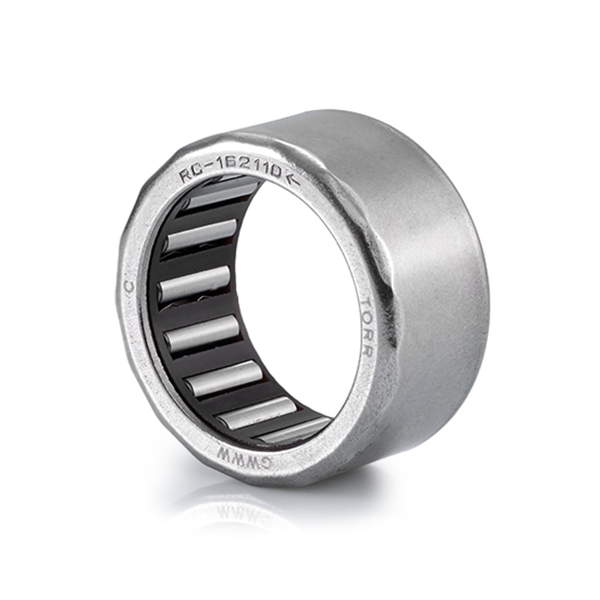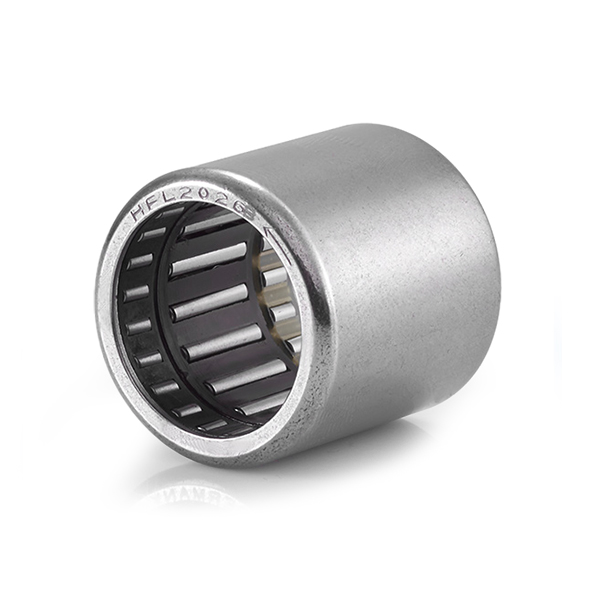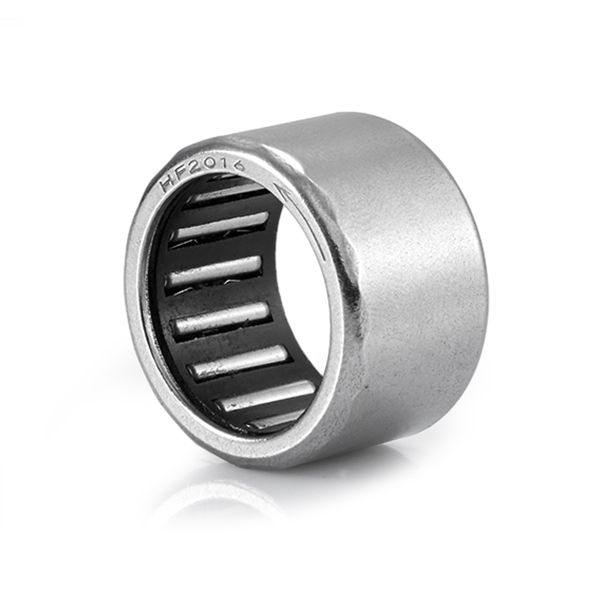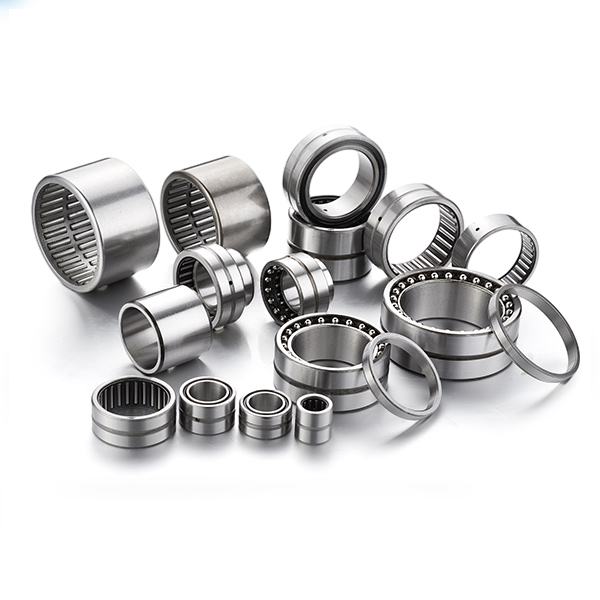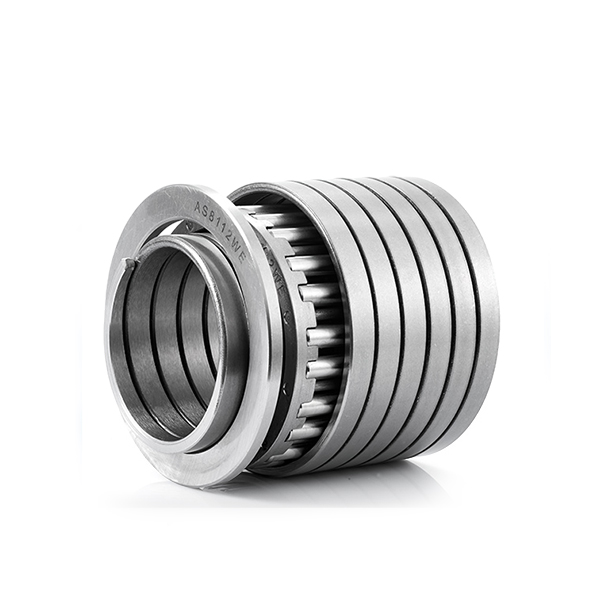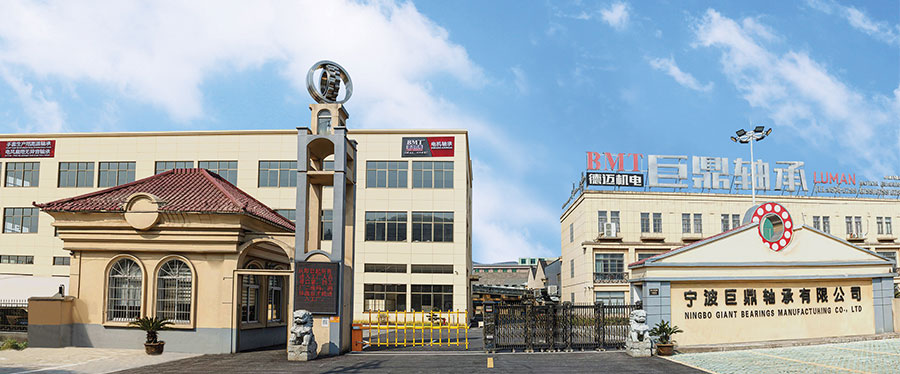How to install and adjust Needle roller bearing for large ends of connecting rods
In the engine, the connecting rod is an important component connecting the piston and the crankshaft, which bears the complex forces and movements generated when the engine is running. In order to ensure the stability and efficiency of the connecting rod, the end of the large connecting rod big end is usually equipped with Needle Roller Bearing. This bearing has a unique structure and design, which can reduce friction and wear and increase the service life of the connecting rod. However, the installation and adjustment of needle roller bearings is also a vital task, which is directly related to the performance and reliability of the engine.
Before installing the needle roller bearing, you need to make full preparations to ensure that the bearing and its inner ring, outer ring, needle roller and cage and other related parts are intact and clean. The installation parts such as the end of the connecting rod big end and the crankcase should be thoroughly cleaned to ensure that there are no impurities such as oil, iron filings, etc., and the required installation tools, such as wrenches, screwdrivers, special clamps, etc., should be prepared.
During installation, place the inner ring in the hole at the end of the connecting rod big end, ensuring that it fits tightly with the connecting rod big end without any gap. Use a special clamp or wrench to fix the inner ring to prevent it from moving during installation. Place the needle rollers one by one in the space between the inner ring and the outer ring, ensuring that they are arranged neatly and tightly. When placing the needle rollers, be careful not to damage the surface of the rollers to avoid affecting their service life. Place the cage above the needle rollers so that it can fix the position of the rollers to prevent them from falling off or misalignment. When installing the cage, ensure that it is in the correct position and do not interfere with the connecting rod big end or other parts. Place the outer ring outside the cage and needle rollers, ensuring that it fits tightly with the inner ring and the connecting rod big end. Use a special tool or wrench to fix the outer ring to ensure that it does not loosen or fall off during operation.
After installing the needle roller bearing, some adjustments are required to ensure that it can work properly and perform at its best. By adjusting the gap between the end of the connecting rod big end and the crankcase, the axial clearance of the bearing can be controlled. If the axial clearance is too large, the bearing will shake and make noise during operation, affecting the performance of the engine; if the axial clearance is too small, the bearing will be subjected to excessive extrusion force, affecting its service life. When adjusting, it should be carried out according to the specific requirements of the engine and the recommended values of the manufacturer. The radial clearance refers to the gap between the inner ring and the outer ring of the bearing. If the radial clearance is too large, the bearing will produce excessive deformation and stress concentration when it is under load, affecting the bearing's load capacity and service life. If the radial clearance is too small, the bearing will produce excessive friction and wear during operation. When adjusting, it should be adjusted appropriately according to the type and specification of the bearing. After installing the bearing, it is also necessary to adjust the preload of the connecting rod big end. The size of the preload will affect the stability and vibration of the connecting rod during operation.
The installation and adjustment of Needle Roller Bearing for Large Ends of Connecting Rods is a complex and important task. Only by making full preparations and strictly following the manufacturer's instructions for operation and adjustment can the normal operation of the bearing and the efficient operation of the engine be ensured.
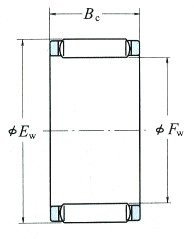

 Search
Search EN
EN English
English Español
Español